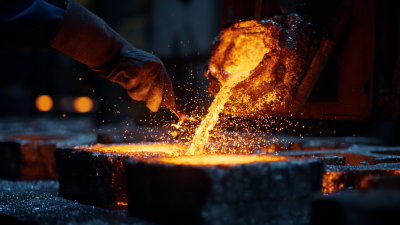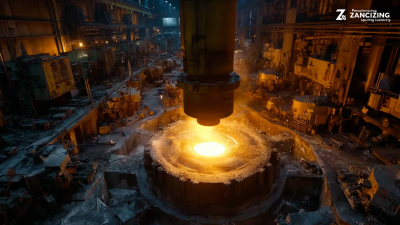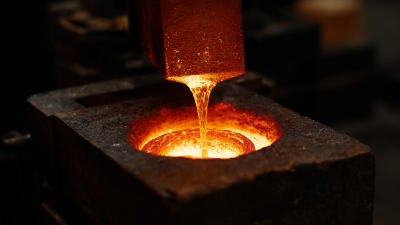The landscape of manufacturing is undergoing a significant transformation, particularly through the advancements in Lost Wax Casting techniques. This ancient method, also known as investment casting, is being revitalized in modern applications due to its unparalleled precision and efficiency. According to a report by ResearchAndMarkets, the global investment casting market is expected to grow at a CAGR of 5.26% from 2021 to 2026, driven by increasing demand in aerospace and automotive industries. The innovative approaches to Lost Wax Casting not only enhance manufacturing capabilities but also reduce waste and lead time, positioning it as a vital process in the era of Industry 4.0. As manufacturers look to optimize production while maintaining high-quality standards, exploring the latest advancements in Lost Wax Casting promises to unlock new possibilities and drive operational efficiency across various sectors.

Further exploring the inefficiencies and potential of Lost Wax Casting in modern manufacturing is essential for both industry leaders and emerging players. The adaptation of this technology could redefine production standards and sustainability efforts in high-demand sectors.
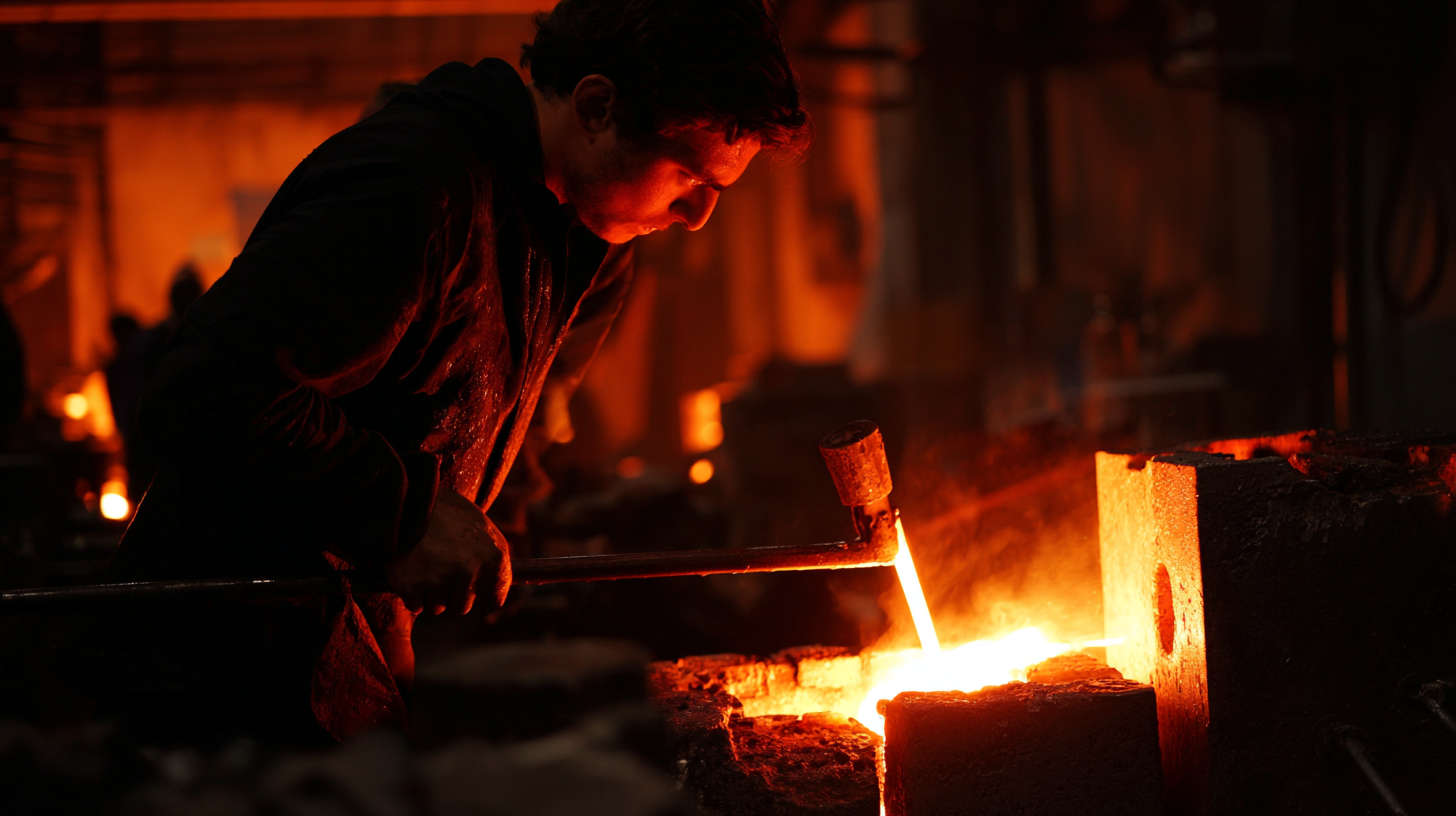 Lost wax casting, a traditional technique often utilized in jewelry and art, is increasingly becoming a vital player in modern manufacturing. Its primary advantage lies in the ability to produce highly intricate designs with excellent precision, which is pivotal for industries such as aerospace and automotive engineering. According to a recent report by MarketsandMarkets, the global lost wax casting market was valued at approximately $8.5 billion in 2022 and is projected to reach $14.5 billion by 2028, reflecting a significant growth rate driven by advancements in manufacturing technology and processes.
Lost wax casting, a traditional technique often utilized in jewelry and art, is increasingly becoming a vital player in modern manufacturing. Its primary advantage lies in the ability to produce highly intricate designs with excellent precision, which is pivotal for industries such as aerospace and automotive engineering. According to a recent report by MarketsandMarkets, the global lost wax casting market was valued at approximately $8.5 billion in 2022 and is projected to reach $14.5 billion by 2028, reflecting a significant growth rate driven by advancements in manufacturing technology and processes.
One of the standout advantages of lost wax casting is its versatility. This technique allows for the use of various materials, including metals and ceramics, accommodating a wide range of industrial applications. A study published in the Journal of Manufacturing Processes highlighted that parts produced using lost wax casting can achieve tolerances as tight as ±0.2 mm, making them ideal for components that demand high accuracy and durability. Such precision not only reduces the need for extensive finishing processes but also minimizes material waste, driving more sustainable manufacturing practices. As industries continue to seek methods that improve efficiency and reduce costs, lost wax casting stands out as a transformative solution.
Lost wax casting has been a traditional method for centuries, but recent innovative technologies are revolutionizing its efficiency. Advances in 3D printing, for instance, enable quicker production of wax models, substantially reducing lead times. This synchronization of digital design with physical casting not only enhances the precision of intricate details but also minimizes material waste, resulting in a more sustainable manufacturing process.
Tip: When adopting new technologies in lost wax casting, consider investing in training for your team. Familiarizing them with the latest tools can harness the full potential of these innovations, preventing knowledge gaps and ensuring a smooth transition.
Moreover, the integration of automation into the casting process is another leap forward. Automated pouring systems increase consistency and reduce the labor intensity of the operations, allowing for higher production rates. Additionally, the implementation of advanced simulation software helps in predicting potential casting defects, which can be addressed before the actual casting begins, further enhancing efficiency.
Tip: Regularly evaluate and upgrade your technology stack. Staying current with industry advancements can provide your business with a significant competitive edge in the market.
The evolution of lost wax casting techniques has significantly transformed the manufacturing landscape, particularly through the comparison of traditional methods versus advanced approaches. Traditionally, the lost wax casting process involved the creation of detailed wax patterns, which were then encased in a ceramic shell. This method, while time-tested, often resulted in lengthy production times and limited scalability. According to a report by the Global Casting Market Research, traditional methods typically yield a product completion time that can exceed several weeks, depending on the complexity of the design and the setup requirements.
In contrast, advanced lost wax casting techniques leverage modern technologies such as 3D printing and computer-aided design (CAD) to streamline the process. These innovations allow for rapid prototyping and reduction of lead times. A study by IndustryWeek highlights that companies implementing advanced methods can reduce production times by up to 70%, increasing overall manufacturing efficiency.
Furthermore, the precision offered by these techniques leads to improved product quality and less material waste, aligning with sustainability goals. As the industry continues to evolve, the shift toward advanced lost wax casting methods is expected to drive significant competitive advantages for manufacturers.
Lost wax casting, a time-honored technique, is experiencing a resurgence in manufacturing, driven by the industry's increasing focus on sustainability. According to the International Journal of Advanced Manufacturing Technology, traditional casting methods can produce significant waste, whereas lost wax casting minimizes this issue by allowing for intricate designs and fewer raw material needs. This not only reduces the environmental footprint but also conserves resources, aligning with the global push for more eco-friendly manufacturing processes.
Moreover, a recent report from the American Society of Mechanical Engineers indicates that companies adopting lost wax casting report a 20% reduction in material waste when compared to conventional casting techniques. This efficiency extends beyond material savings; it also reduces energy consumption associated with melting and processing metals. As industries move towards more sustainable practices, integrating lost wax casting not only enhances production efficiency but also plays a crucial role in advancing the environmental agenda, making it a pivotal technique in modern manufacturing.
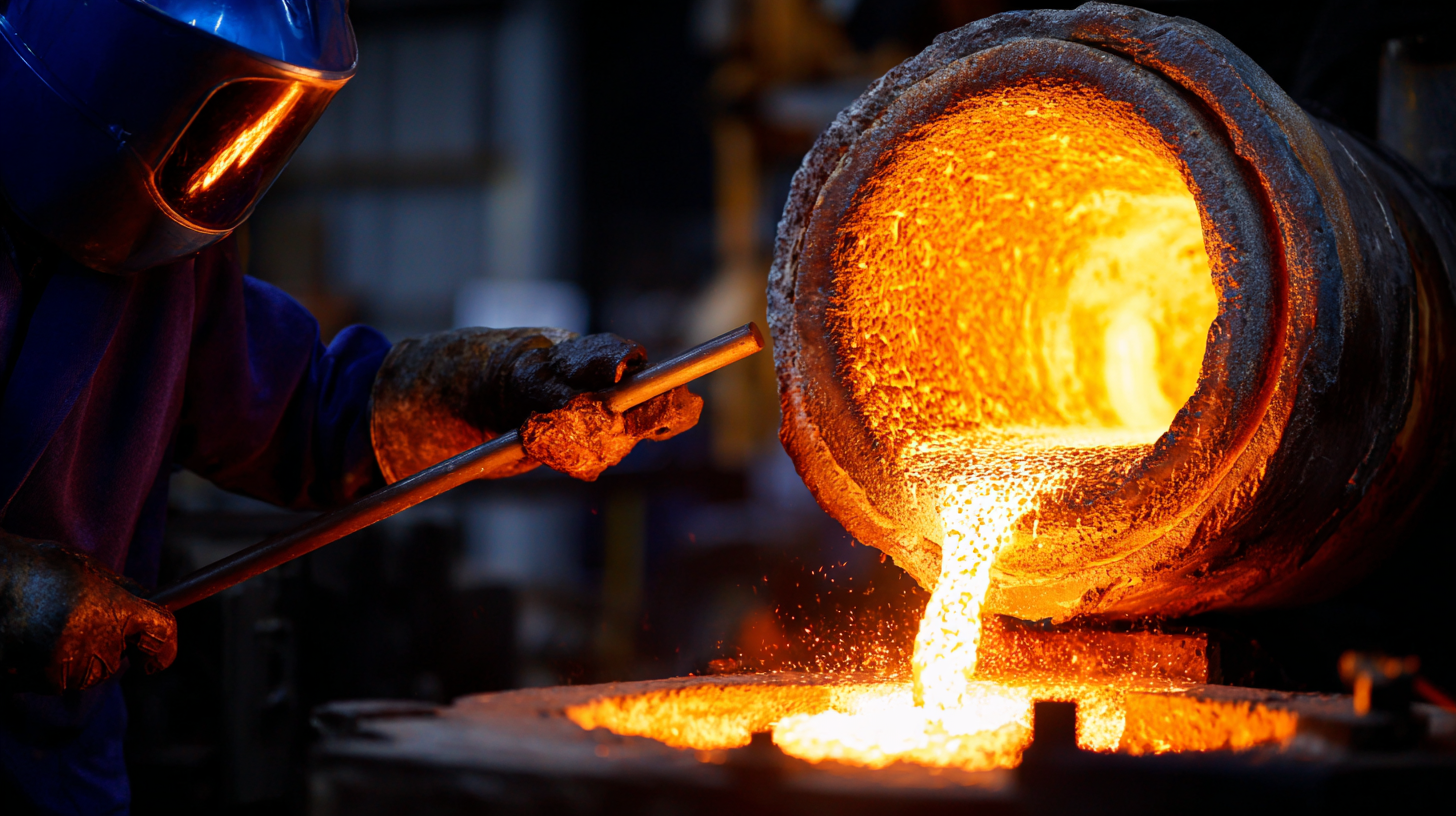
The future of lost wax casting is poised for transformation as emerging trends and technologies reshape manufacturing efficiency across various industries. As the global manufacturing landscape evolves, integration with advanced technologies like 3D printing is becoming increasingly prevalent. The growth of the 3D printing market, projected to exceed $134 billion by 2034, indicates a shift towards more innovative casting methods that enhance precision and reduce material waste. This synergy between lost wax casting and 3D printing can significantly improve the production process, making it faster and more cost-effective.
Additionally, significant developments in the steel and automotive sectors further highlight the importance of optimizing casting techniques. With the automotive industry’s push for lightweight materials, manufacturers are exploring alternatives such as magnesium alloys alongside traditional materials like steel. The trend toward sustainability and efficiency in production processes underscores the need for continued evolution in casting techniques, including lost wax methods. As industries adapt and embrace these advancements, the potential for increased manufacturing efficiency and product quality is substantial.

